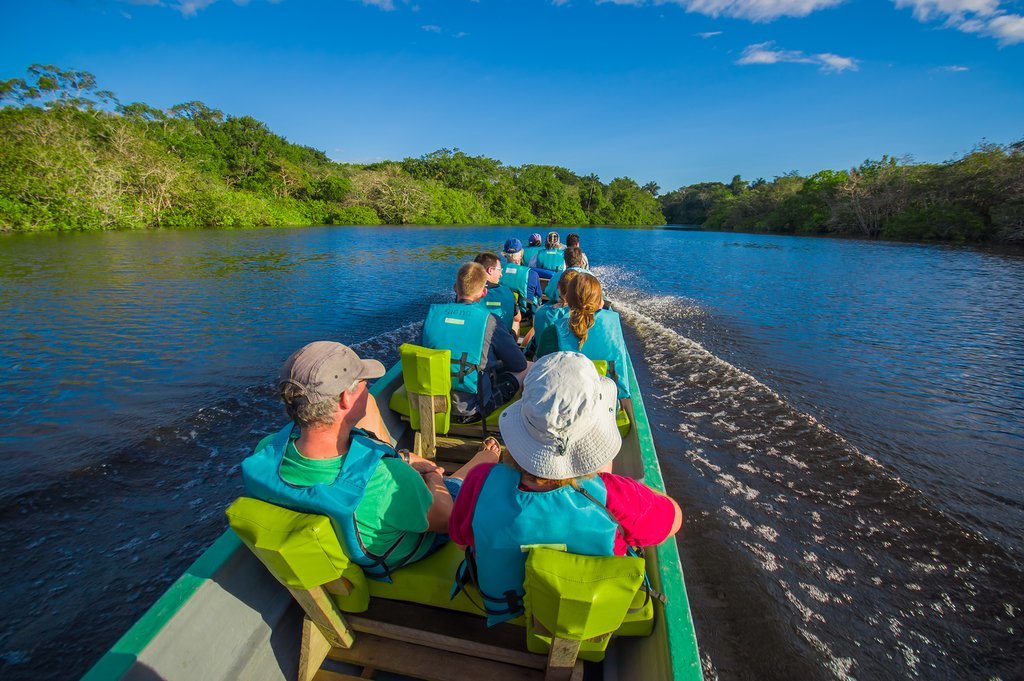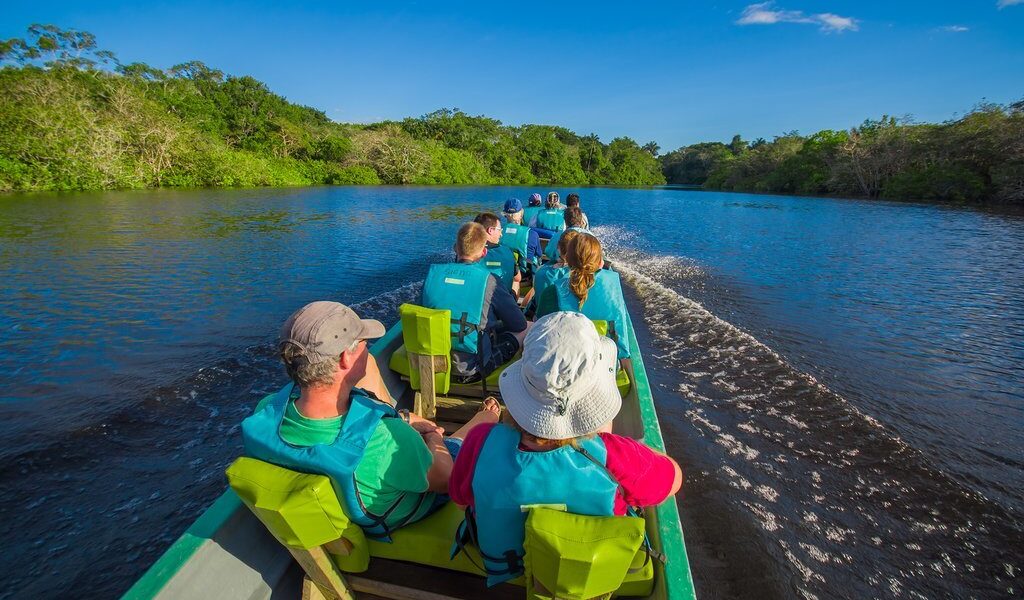
Easter-related events enliven Ecuador this month, especially welcome in the Highlands to take away from the wet, albeit warm, weather. The coast and the Galapagos remain the most appealing destinations in March due to their favorable weather (hot and sunny, for the most part). Meanwhile, in the jungle at Parque Nacional Yasuni, the rainfall increases rapidly: good for watching animals but bad for road travel, which starts to get very muddy.
Ecuador in March: A Comprehensive Travel Guide
Ecuador, a land of remarkable diversity, presents a unique tapestry of experiences for travelers in March. This month offers a blend of weather patterns and cultural events, making it an intriguing time to explore this South American gem. Understanding the nuances of Ecuador’s climate and seasonal events will undoubtedly enhance your journey.
Weather
Ecuador’s climate is wonderfully complex, defined by its diverse geography. For practical purposes, the country can be divided into three distinct climatic zones. However, some might argue for four, choosing to treat the coast and the Galápagos Islands as separate, unique entities due to their specific weather patterns.
Quito & Highlands: The city of Quito serves as an excellent indicator of the general climate experienced in the Highlands region. March finds the region still firmly within its rainy season, making it the second wettest month overall. Quito experiences minimal temperature fluctuation in March compared to other months. While average temperatures remain relatively stable, the rainfall is considerable, averaging around 6.4 inches (163mm) throughout the month. Prepare for consistent showers and pack accordingly with waterproof gear.
Oriente/Amazon: The Amazon region of Ecuador, known as the Oriente, presents a variable climate due to its vast expanse. Within this area, Parque Nacional Yasuni stands out as a popular destination for travelers. In March, Parque Nacional Yasuni experiences a significant surge in rainfall, exceeding 8.46 inches (215mm). Despite the increased precipitation, temperatures remain relatively stable until November, when warmer weather begins to arrive. The increased rainfall can affect accessibility to certain areas, so it’s advisable to check conditions before venturing deep into the rainforest.
Desert Coastal Strip & Galapagos: Along the Desert Coastal Strip, March offers a mix of sunshine and warmth, despite being part of the wet season. Rainfall typically occurs in short bursts during the afternoon, leaving mornings bright and sunny. This creates an opportunity to enjoy the beaches and coastal attractions. The Galapagos Islands also experience a sunny and wet March. However, subtle signs of the approaching dry season are already discernible, especially in the behavior of the unique wildlife. Observing these subtle changes can provide a fascinating insight into the islands’ ecological cycles.
Crowds & Costs
The presence of Easter, and the Semana Santa (Holy Week) celebrations that precede it, can significantly impact tourist numbers if Holy Week falls in March. These religious observances draw large crowds, particularly to destinations known for their elaborate processions and festivities. The main coastal destinations continue to experience high season levels of activity. However, traveler volume in other regions, such as the Highlands, Galapagos, and Oriente, is generally lower compared to the peak North American and European summer holiday season. This can lead to more peaceful exploration and potentially more affordable rates for accommodations and tours.
Where to Go
Quito & Highlands: Although the weather in Quito and the Highlands remains cool and wet in March, it shouldn’t deter you from exploring the region’s rich cultural heritage. The stunning colonial churches and museums of Quito and Cuenca provide excellent indoor activities, perfect for escaping the rain. If Semana Santa falls in March, Quito hosts one of the most impressive Semana Santa celebrations in the country, offering a profound cultural experience. For nature enthusiasts, a trip to the cloud forests around Mindo is highly recommended, as March showcases some of the year’s best birdlife.
Oriente/Amazon: March is a favorable month for venturing into Parque Nacional Yasuni. As rainfall increases, wildlife seeks refuge in the trees, making it easier to spot various species. Additionally, the towns of Tena and Baeza, renowned for their exciting white-water rafting opportunities, are excellent destinations to visit during this period.
Desert Coastal Strip & Galapagos: For surfing enthusiasts, March marks the tail end of the prime surfing season in Ecuador. Head to destinations like Mompiche or Montañita to catch the best waves. In the Galapagos, Isla Isabela and Isla Fernandina offer unique wildlife viewing experiences. On Isla Isabela, you can observe land iguanas nesting, while Isla Fernandina provides opportunities to see marine iguanas in their natural habitat.
What to Do
Quito & Highlands: Take advantage of the cooler weather in Quito and the Highlands by exploring the region’s superb indoor attractions. Visit the museums and churches of Quito or Cuenca to learn about Ecuador’s history and art. As Semana Santa festivities commence, you can participate in the various cultural events and celebrations happening throughout the Andean zone.
Oriente/Amazon: Embark on an exhilarating white-water rafting adventure in Tena or Baeza. Alternatively, consider visiting Cuyabeno Wildlife Reserve in the Northern jungle. As the weather becomes wetter, paddling by canoe becomes a special highlight, allowing you to navigate the tributaries and observe the diverse wildlife along the waterways.
Desert Coastal Strip & Galapagos: Catch the last of the surfing season’s perfect waves at coastal towns like Mompiche. Alternatively, simply relax and soak up the sun on the sandy beaches along the Ecuadorian coast. In the Galapagos, observing turtles and iguanas nesting is an especially memorable experience. The calmer waters also create ideal conditions for snorkeling, allowing you to explore the vibrant marine life surrounding the islands.
March Events
Semana Santa (Holy Week): If Easter falls in March, religious processions fill the streets of major towns and cities throughout Ecuador during the week leading up to Easter. These processions offer a beautiful and solemn display of faith and tradition.
Mushuk Nina: Celebrated on March 21st, Mushuk Nina marks the Andean New Year. This festival is observed in a few select locations with strong Andean roots, such as the archaeological site of Ingapirca near Cuenca. The celebration coincides with the spring equinox and involves various rituals, including smoke-cleansing ceremonies performed by shamans and the playing of traditional music. Mushuk Nina provides an authentic experience of local mountain culture with minimal foreign tourist presence.
(Word count: 930)
B-697

